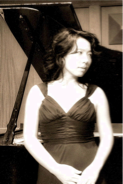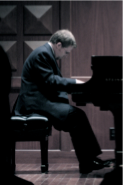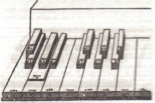

"I'm struck speechless." - Kyle Gann
"Kallay possesses that special blend of intellect, emotion, and overt physicality that makes even the thorniest scores simply leap from the page into the listeners laps..." - KPFK
"Performed at the highest level, with incredible musical sensibilities and beauty." - Antoinette Perry
$15 Donation at the door
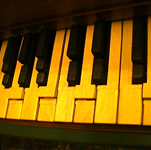
Charles Ives ~ Three Quarter-Tone Pieces
Click here to listen to an excerpt
Kraig Grady ~ Corroded Communes *
Jeff Harrington ~ Prelude #3 for 19ET Piano *
World Premiere
Click here to listen to an excerpt
Annie Gosfield ~ Lightning Slingers & Dead Ringers
Los Angeles Premiere
Click here to listen to an excerpt
Click here to listen to an excerpt
Kraig Grady ~ Corroded Communes *
Jeff Harrington ~ Prelude #3 for 19ET Piano *
World Premiere
Click here to listen to an excerpt
Annie Gosfield ~ Lightning Slingers & Dead Ringers
Los Angeles Premiere
Click here to listen to an excerpt
Georg Haas ~ Hommage a Ligeti ✝
Bill Alves ~ TBA
World Premiere
John Corigliano ~ Chiaroscuro
Click here to listen to an excerpt
Bill Alves ~ TBA
World Premiere
John Corigliano ~ Chiaroscuro
Click here to listen to an excerpt
* Steinway Hall only
✝ Rubenstein Hall only
✝ Rubenstein Hall only
Featuring a 12-foot custom Rubenstein PIano
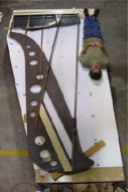
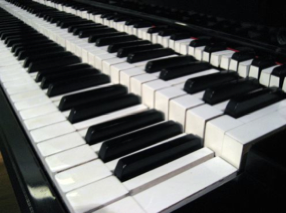
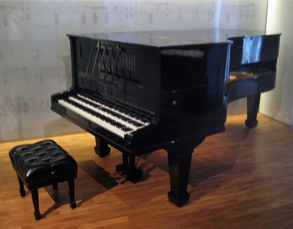
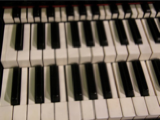
American composer Charles Ives dreamt of some far off day, when children would whistle tunes in quartertones as they walked to school. Although perhaps only a pipe dream, and quite contrary in spirit to the majority of American composers that would soon follow him (see Milton Babbitt’s Who cares if you listen), it led him to several experiments with pitch. The most famous of these experiments, and one of his least performed works, is the Three Quarter-Tone Pieces for two pianos tuned a quartertone apart. The tuning for the work is simplistic and stunning in its effect: the second piano is tuned down relative to the first so that its keys fit into the cracks of the first piano, and thus creates twenty-four quartertones, instead of the usual twelve semitones, to the octave (imagine a piano with 176 keys, instead of the usual 88).
Ives’ Three Quarter-Tone Pieces is the jumping off point for Quartertuned +. Over the course of two evenings, we will explore two other important composers' takes on quartertones: John Corigliano’s Chiaroscuro, and Georg Haas’ Hommage a Ligeti, the latter for one pianist seated precariously between the two instruments so as to reach both keyboards simultaneously.
Recent developments in technology, i.e. the ability to retune and remap a digitally sampled piano to almost any configuration, have allowed composers to experiment with alternate tunings that were not available to Ives. Several of the pieces on Quartertuned + will take advantage of these developments. Kraig Grady’s Corroded Communes uses a tuning system known as Secor 2, in which all triads are not created equal. Jeff Harrington’s Prelude #3 divides the octave into 19 equal steps, and uses blues and Debussyean effects to create an enchanting tapestry of sound. Bill Alves' piece uses just intonation, which allows for only purely tuned intervals. And in Annie
Gosfield’s Lightning Slingers and Dead Ringers, I will play the piano and keyboard sampler simultaneously. The sampler produces detuned and retuned piano sounds, rhythmic electronic ostinatos, and prerecorded factory sounds.
In these concerts, not only will you hear several masterpieces of the 20th and 21st centuries, including two world premiers, but you will, indeed, hear sounds you’ve never heard before.
-Aron Kallay
-Aron Kallay
Quartertuned +
Saturday ~ April 24, 2010 ~ 7:00pm
GIANT Quartertuned +
Sunday ~ May 16, 2010 ~ 3:00pm
These recitals are supported [in part] through Subito, the quick advancement grant program of the San Francisco Bay Area Chapter of the American Composers Forum.
